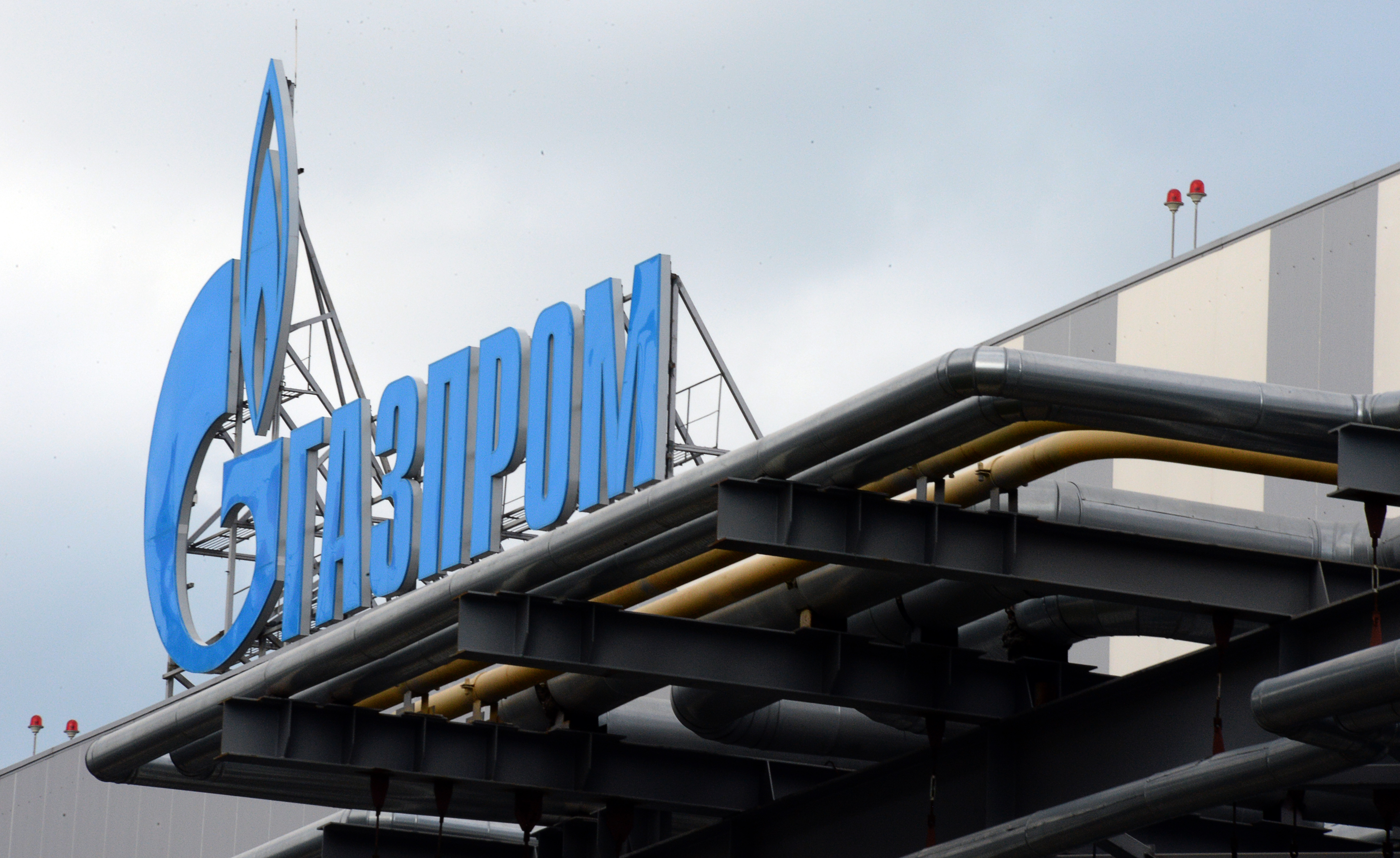Gazprom, Lukoil in Arctic alliance

The two companies will support each other in bids for offshore projects and together counter the power of Rosneft. A key part of the cooperation will unfold in the Barents Sea.
The enhanced cooperation, which builds on the strategic partnership deal concluded in 2014, will enable the two companies to jointly promote their interests in government corridors. It will also enable them to better confront the power of Rosneft, the state-owned company headed by former deputy PM Igor Sechin, newspaper Gazeta.ru reports.
The two companies are already discussing the possible establishing a joint venture, which can develop the Medvezhe field in the Barents Sea. That joint venture, most likely controlled 66 percent by Gazprom and 34 percent by Lukoil, might also develop the neighboring structures of Demidovsky, Fersmanovsky and Ledovy, all of them licenses acquired by Gazprom in 2013.
The Medvezhe structure includes a license area of 2755,8 square kilometers and a resource potential of 183 billion cubic meters of gas and a significant volume of condensate.
It is not clear whether Gazprom Neft, the oil subsidiary of Gazprom, will be included in the deal.
Access to Arctic shelf
For Lukoil, the support from Gazprom will boost the company’s chances of getting access to the Russian Arctic shelf. The company, Russia’s biggest private oil producer, has long struggled to get offshore Arctic licenses. With lobbying support from Gazprom, the federal government is currently in the process of amending national shelf regulations. The new version of the law is likely to deprive Rosneft and Gazprom of their exclusive monopoly position on the shelf and put Lukoil on the list of eligible shelf developers.
With access to Gazprom’s blocks in the Barents Sea, Lukoil might end up engaging both on the Russian and Norwegian side of the Arctic maritime border. The company is from before a stakeholder in Norwegian licenses together partner companies. As previously reported, Lukoil’s Norwegian licenses include block located in the easternmost part of the Norwegian shelf. The company is also likely to be among the contenders for blocks under the 23rd License Round, a round which includes several fields located immediately along the Norwegian-Russian border.
Related stories from around the North:
Canada: Canada ponders exceptions to relief well rule for Arctic oil drilling, Alaska Dispatch
Finland: Finns still sharply divided over wind power, Yle News
Greenland: Arctic oil and gas must stay in ground to restrict warming to 2°C says study, Blog by Mia Bennett
Iceland: From Arctic Circle 2013-2014, a big drop in the price of oil, Blog by Mia Bennett
Norway: In Arctic, Norway steps on the gas, Barents Observer
Russia: No alternative to Arctic oil says Russia environment minister, Barents Observer
United States: Obama defends Arctic drilling weeks after Kerry promotes clean energy at Arctic Council, Blog by Mia Bennett



